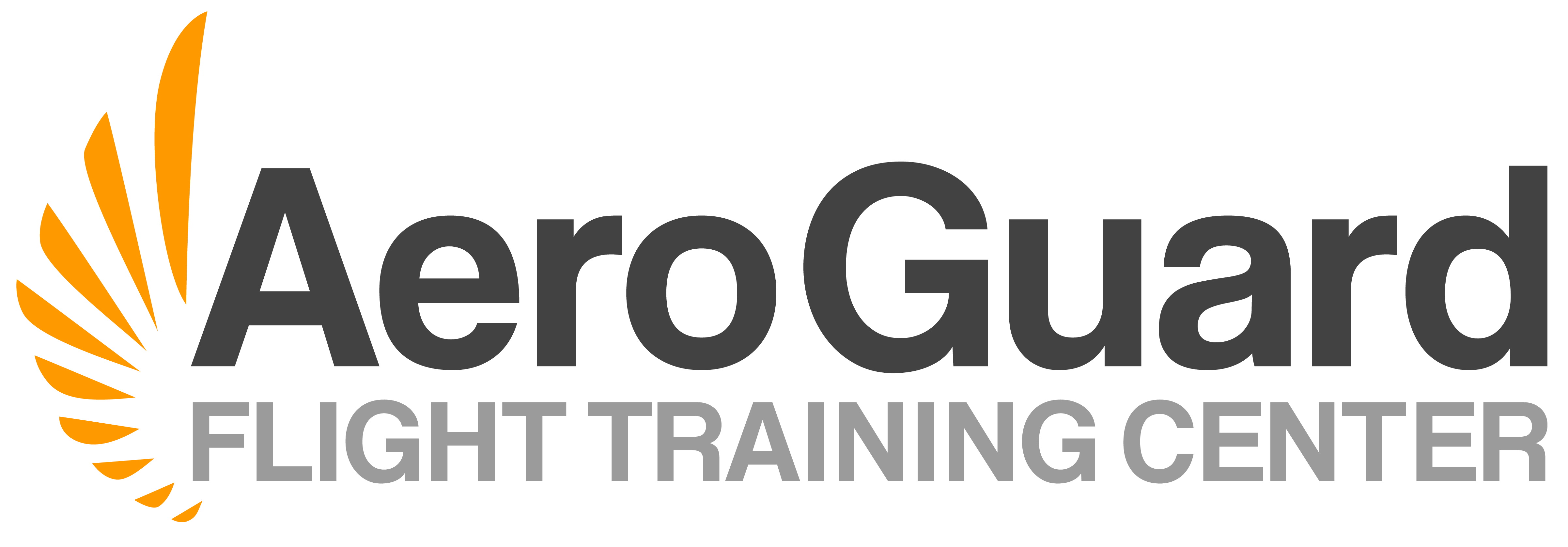Tips for Smooth Landings - 6 Reasons to Go Around
6 Reasons to Go Around – Using F.L.A.P.S. to Decide on a Go Around Landing – Video Transcript
Hi, thanks for watching our video. I’m Beth Brown with AeroGuard Flight Training Center and today let’s talk about reasons to go around on a landing. Now mind you, these are not the only reasons to go around. At AeroGuard, we have an acronym to describe a stable approach and when any of these criteria aren’t met, our students are always instructed to go around. So, the acronym is FLAPS and that stands for flight path, landing configuration, air speed, power setting, and the sink rate. Now additionally, there’s other situations where a go around may need to be executed such as ATC instructions, or if there’s an aircraft, or anything else on the runway.
Flight Path
First, we’ll talk about the flight path. When landing, make sure you’re on a proper flight path, meaning when we are following the proper glide path it should always bring us to our aiming point. When you’re landing, you need to be aiming at a certain spot on the runway and this should not be changing as you were coming in to land. If your aiming spot looks off, then what you do is, you’re going to adjust the aircraft, not the aiming point. The aiming point and proper flight path will provide us a consistent sight picture so our landings will always look the same regardless of any of the external factors. The variables outside the aircraft should not deter our site picture, but if that does happen, that is when you need to execute a go around.
Landing Configuration
Next, let’s discuss the landing configuration. We want to make our landings as consistent as possible so it’s not a guessing game. A standard landing configuration routine is going to help you maintain that stable approach we talked about and reduce the likelihood that you’ll need to go around. If you forget your flaps on landing, you’re going to have excess air speed and you’re going to come in with a shallower angle of descent, and this will make your approach unstable and a good reason to go around. Now if you’re flying a complex aircraft with a retractable landing gear, make sure your gear is down. Gear up landings, well, they do happen so don’t let it happen to you. Performing a standard before landing checklist and configuring appropriately is going to help you prevent this. Now most aircraft with gears are going to have gear down position lights, a gear warning horn, and maybe they have a visual mirror to confirm that your gear is down. So, on final, always double check your gear is down with the final before landing checklist, and you can put it down then after that point. If you realize the gear is not extended discontinue the approach and immediately execute a go-around.
Airspeed
Airspeed is also a factor in your stable approach. Our airspeed needs to be steady for landing. The aircraft manufacturer has a recommended final approach speed, so in our piper archers, at 66 knots unless you’re doing a short field landing or wind gust. On gusty days you need to come in faster. How much faster, you ask? Well, that depends on the gust factor. We need to add half of the gust factor and knots to our air speed. An example of this is if the winds are 10 knots gusting 20, we take the gust factor which is 10 knots, and then we take half of that which is 5 knots, and then you’re going to add that to your final air speed. So, your new final approach air speed would be 66 knots plus the 5 knots equals 71 knots. So how we use our air speed to know when to go around is minus zero to plus 10 knots of the VREF, then you need to go around. If you’re too fast, say 80 knots instead of 66 knots, go around. If you notice your air speed indicators fluctuating rapidly, well that’s an indication of wind shear and you immediately execute a go-around.
Power Setting
Next, we have our power setting and power should be set to maintain the proper approach speed for your aircraft. If the power needs to be adjusted more than a couple hundred rpm then you should go around, and if that wind gust we talked about, well if that causes your airspeed to drop drastically and you have to increase your power substantially, then you need to go around.
Sink Rate
Last in the acronym is sink rate. So, sink rate, that’s going to be your rate of descent. If you notice your VSI is descending more than 800 feet per minute, then your approach is unstable and you’re going to need to go around.
So aside from our F.L.A.P.S. acronym, there’s two other reasons you might want to go around and that’s if ATC tells you to. Doesn’t matter if you are on a very stable approach and everything seems right to you, if ATC says your call sign to go around you need to go around. Another reason to go around, regardless of how stable your approach, is if there’s anything on the runway. If the aircraft in front of you hasn’t departed the runway, there’s a truck, or an animal, any kind of obvious debris, go around. So those aren’t the only reasons you might want to go around. I was told early in training, if it doesn’t look right, feel right, or smell right, go around. Meaning, if you’re just not confident on that landing, no problem, go around.
So, I hope this helps you with your ADM and decision making. It’s always great to practice your go arounds and if you have any comments please leave them below, and as always, please like and subscribe and I’ll see you next time. Take care!

